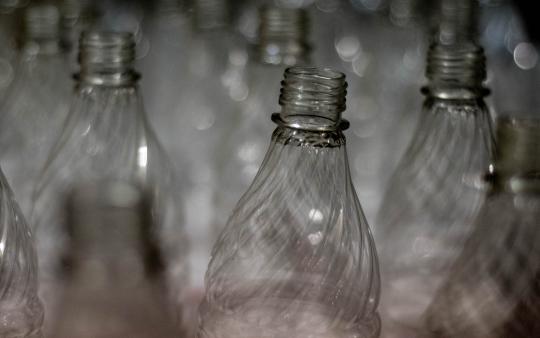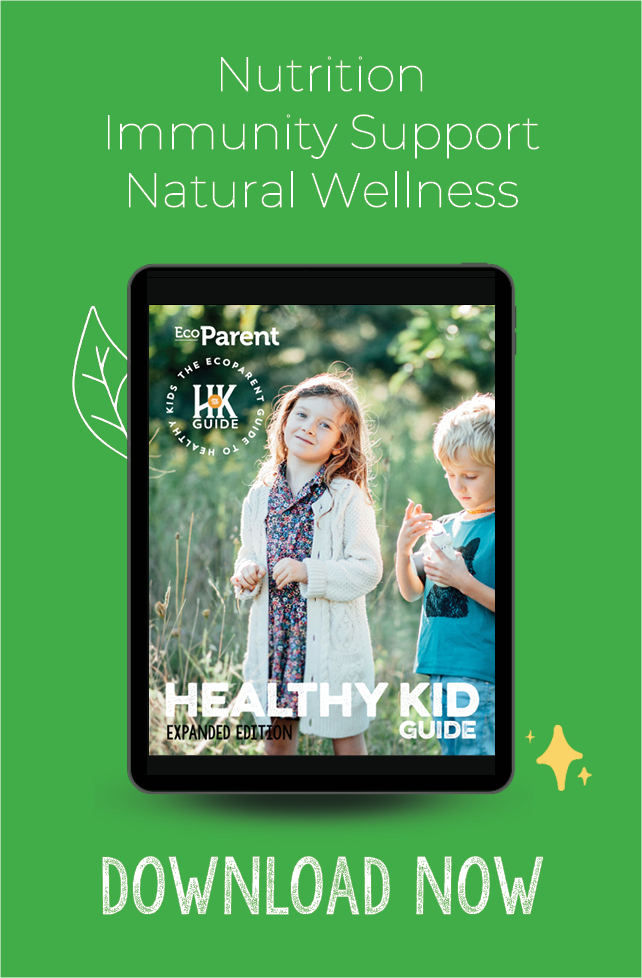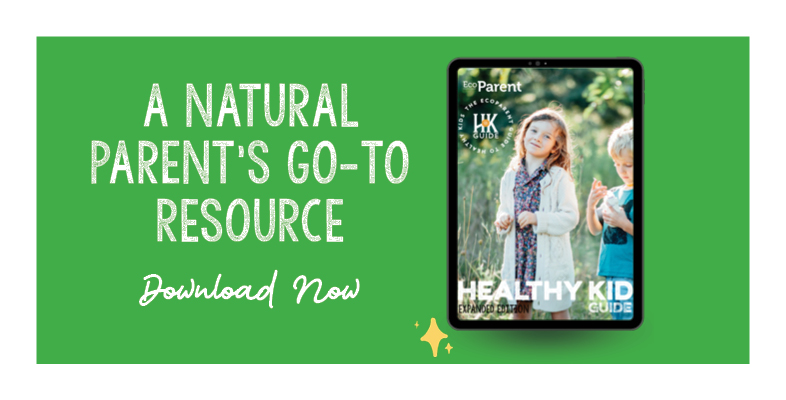Plastic has many versatile properties that has made it quite useful in our society but it contains chemicals that have real, damaging effects on our health. Each year millions of tons of plastic are produced worldwide…and each year millions of tons of plastic end up in our oceans. Plastics are petroleum-based products and the chemicals and compounds that help make them so versatile are the same chemicals that end up harming our families and the environment. Not only do these chemicals leach into the human body, they end up in the oceans injuring our wildlife, and can end up spreading into groundwater from landfills. But what are some of these chemicals and how do they affect our health?
BPA
BPA, or Bisphenol-A, is a chemical used to harden plastics. Though it has been banned in many products, it is still often found in food packaging and the lining of food/drink cans, and used to be common in baby bottles and sippy cups. BPA is believed to act as a hormone, thereby disrupting normal hormone levels and development in children. It is also thought to affect the brain and child behavior. Studies have also shown there could be a link between BPA exposure and cancer and heart problems. This is definitely a cause for concern when the CDC has found over 90% of people in the US have BPA in their bodies. The EWG has some suggestions for reducing your exposure to BPA in food packaging.
- Substitute fresh, frozen or dried food for canned.
- Limit how many packaged foods you eat.
- Rinse food from cans in water. Rinsing cuts back on other additives too, such as sodium on beans or sweet syrup on fruit.
- Never heat food in the can. Transfer it to a stainless steel pot or pan for stovetop cooking, or microwave in glass – not plastic.
- Search for your family’s favorite foods and beverages in EWG’s BPA product list. If they are packaged in containers made with BPA, look for alternative products in EWG’s Food Scores.
Phthalates
Phthalates are chemicals used to soften plastics and are used in personal care products, toys, electronics, and more. Phthalates have not been safety evaluated, but are known to be endocrine-disruptors and have been linked to childhood obesity just like BPA – so they can cause similar health issues. The US Consumer Product Safety Commission has banned 6 types of phthalates from toys, but they can still be found in several other products made for kids.
Dioxins
A known carcinogen found in PVC, dioxins are released into the air during manufacturing, incineration, and landfilling, and are easily inhaled or absorbed by people. Health issues such as cancer, birth defects, diabetes, learning and developmental delays, endometriosis, and immune system abnormalities are linked to dioxins, and exposure is strongly associated with the food supply.
What you can do
Now that you know about some of the harmful health effects of plastic products, it’s time to take action against plastic. There are several plastic alternatives out there including glass, stainless steel, and bamboo. When making purchases for your family, look for products that are reusable instead of one-time use products, which are usually made of plastic. Try wax fabric wraps instead of plastic film, buy in bulk using fabric bags you bring with you, and opt for steel or glass straws. Do not buy anything plastic that will be touching your child’s food or drinks. Think: baby bottles, feeding bowls and cups, utensils, storage containers, water bottles, etc. The less plastic you use at home, the more comfortable you will feel knowing that you are doing your part to keep your family safe and protect the environment.
*Originally published April 24, 2016









